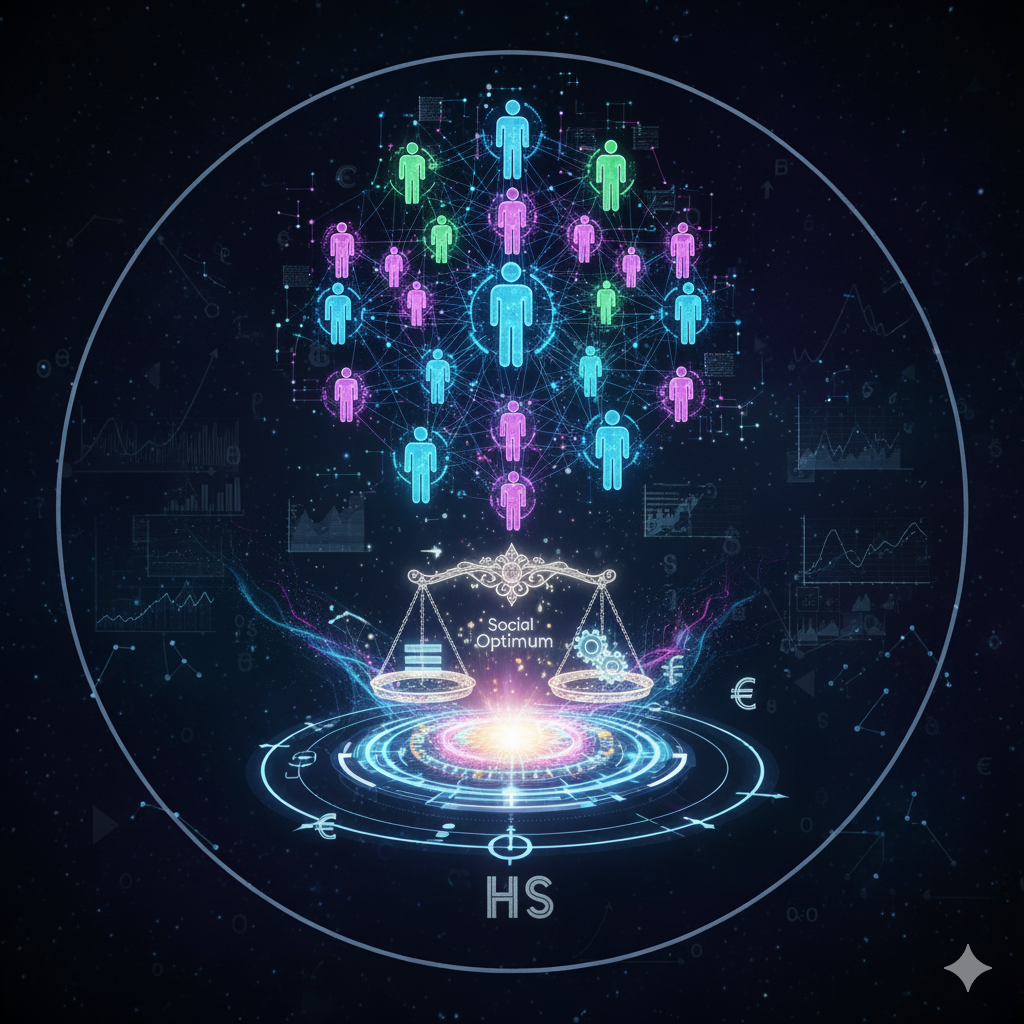Introduction
Poverty has remained one of the most persistent socio-economic challenges in India since independence. Despite being one of the fastest-growing economies in the world, India continues to grapple with a large population living in conditions of deprivation, limited opportunities, and social vulnerability. The multidimensional nature of poverty—encompassing not only income deprivation but also lack of education, health, housing, sanitation, and social empowerment—makes it a complex problem to resolve. Over the decades, successive governments have launched various policies and programs to eradicate poverty, with varying degrees of success.
This essay critically examines the causes of poverty in India—both historical and structural—as well as the steps taken by the Government of India to address it. While significant progress has been made in reducing poverty levels, deep-rooted inequalities and systemic challenges continue to pose hurdles.
Understanding Poverty in the Indian Context
Poverty can be understood in both absolute and relative terms. Absolute poverty refers to the inability to meet basic needs such as food, clothing, and shelter, while relative poverty refers to disparities in income and living standards compared to others in society. In India, official poverty lines have traditionally been based on minimum calorie consumption requirements, later expanded to include broader measures such as the Tendulkar Committee methodology and the Multidimensional Poverty Index (MPI).
According to the Global Multidimensional Poverty Index 2023, India has made notable progress in reducing poverty, with millions lifted out of deprivation in the past two decades. Yet, with a population of over 1.4 billion, even a relatively small percentage translates into a very large number of poor people. This highlights the magnitude and persistence of the challenge.
Causes of Poverty in India
1. Historical Legacy of Colonialism
The roots of poverty in India can be traced back to colonial rule. British policies of economic exploitation, deindustrialization, and extraction of resources drained India’s wealth. The collapse of traditional handicrafts and industries, coupled with excessive land revenue demands, left millions impoverished. Famines and food insecurity further deepened poverty during the colonial period.
2. Rapid Population Growth
One of the most critical post-independence causes of poverty has been the rapid growth of population. Although fertility rates have declined in recent decades, the sheer size of India’s population places enormous pressure on resources, employment opportunities, education, and healthcare. High dependency ratios in rural areas make it difficult for families to escape poverty cycles.
3. Unemployment and Underemployment
Unemployment—especially disguised unemployment in agriculture—remains a major cause of poverty. Agriculture continues to employ about 40% of India’s workforce, but contributes less than 20% to GDP, reflecting low productivity. Lack of industrialization and job creation in the formal sector has led to widespread underemployment and informal work with meager earnings.
4. Agricultural Backwardness
Despite being the primary livelihood source for rural households, agriculture in India suffers from low productivity, small landholdings, dependence on monsoons, lack of mechanization, and limited access to credit and markets. Farmers remain vulnerable to crop failures, indebtedness, and price fluctuations, perpetuating rural poverty.
5. Inequality and Social Exclusion
Poverty in India is not evenly distributed but deeply linked to social inequalities. Historically marginalized communities such as Scheduled Castes, Scheduled Tribes, and Other Backward Classes face systemic exclusion, limited access to education, land, and employment opportunities. Gender inequality compounds the problem, as women face wage discrimination, lack of property rights, and limited access to resources.
6. Illiteracy and Low Human Capital
Education plays a crucial role in breaking the cycle of poverty. However, illiteracy, high dropout rates, and poor quality of schooling continue to affect rural and marginalized populations. Low human capital reduces employability and perpetuates intergenerational poverty.
7. Poor Health and Malnutrition
Ill health, lack of access to healthcare, and widespread malnutrition are both causes and consequences of poverty. Poor families are often unable to afford medical treatment, which pushes them deeper into debt. Malnutrition reduces productivity, educational attainment, and earning capacity, reinforcing the poverty trap.
8. Regional Disparities
Poverty is unevenly distributed across states. While states like Kerala, Tamil Nadu, and Maharashtra have made significant progress, states such as Bihar, Uttar Pradesh, Madhya Pradesh, and Odisha continue to have high poverty rates. Regional imbalances in development, infrastructure, and governance contribute to this disparity.
9. Corruption and Leakages in Welfare Schemes
Poverty alleviation programs have often been undermined by corruption, inefficiency, and leakages. Subsidies and benefits do not always reach the intended beneficiaries, diluting the impact of government interventions.
10. Globalization and Structural Shifts
While globalization has brought growth and opportunities, it has also led to job losses in traditional sectors, growing inequality, and greater vulnerability for those without skills. Farmers and small industries have often struggled to compete with global markets, leading to economic distress.
Steps Taken by the Government of India to Remove Poverty
The Government of India has adopted a multi-pronged approach to tackle poverty, including targeted poverty alleviation programs, rural employment schemes, financial inclusion, food security, and social welfare measures. These efforts can be broadly categorized into direct poverty alleviation programs and indirect measures through economic growth and social development.
Poverty Alleviation Programs (Direct Measures)
1. Integrated Rural Development Programme (IRDP)
Launched in 1978, IRDP aimed to provide assets and credit to poor households. Though it helped many families acquire productive assets, it was criticized for poor targeting and sustainability issues.
2. Swarnjayanti Gram Swarozgar Yojana (SGSY) and NRLM
SGSY, launched in 1999, focused on promoting self-help groups for income generation. It was later restructured into the National Rural Livelihood Mission (NRLM) in 2011, which continues to empower rural women through SHGs and community institutions, promoting sustainable livelihoods and financial inclusion.
3. Mahatma Gandhi National Rural Employment Guarantee Act (MGNREGA)
Enacted in 2005, MGNREGA provides a legal guarantee of 100 days of wage employment to rural households. It has reduced rural distress, enhanced incomes, and provided a safety net against poverty. By empowering women and promoting rural infrastructure, MGNREGA has been a cornerstone of anti-poverty efforts.
4. Public Distribution System (PDS) and National Food Security Act (NFSA)
The PDS provides subsidized food grains to poor households. The National Food Security Act (2013) further institutionalized the right to food, covering nearly two-thirds of the population. This has been critical in addressing hunger and malnutrition.
5. Housing Schemes
Programs like Indira Awaas Yojana (IAY) and its successor, Pradhan Mantri Awaas Yojana (PMAY-Rural), have aimed to provide pucca houses to the rural poor, improving living conditions and social dignity.
6. Skill Development and Employment Schemes
The Deen Dayal Upadhyaya Grameen Kaushalya Yojana (DDU-GKY) focuses on skill training for rural youth. Similarly, urban poor benefit from the National Urban Livelihoods Mission (NULM), which promotes self-employment and skill development.
7. Direct Benefit Transfers (DBT) and Jan Dhan Yojana
Financial inclusion initiatives such as Pradhan Mantri Jan Dhan Yojana (PMJDY) and Aadhaar-enabled DBT have ensured that subsidies and welfare benefits directly reach the poor, minimizing leakages. These initiatives have also promoted savings and access to banking services.
Indirect Measures through Growth and Social Development
1. Economic Reforms and Growth
Liberalization since 1991 has accelerated economic growth, generating resources for poverty reduction. While growth alone cannot eliminate poverty, it provides the necessary conditions for social investment.
2. Education and Health Initiatives
Schemes like Sarva Shiksha Abhiyan, Right to Education Act, and Mid-Day Meal Scheme have improved access to education. Similarly, health programs such as Ayushman Bharat – Pradhan Mantri Jan Arogya Yojana (PMJAY) aim to provide affordable healthcare to poor families.
3. Social Security Programs
Pension schemes for the elderly, widows, and disabled persons under the National Social Assistance Programme (NSAP) provide a safety net. Insurance schemes like Pradhan Mantri Jeevan Jyoti Bima Yojana (PMJJBY) and Atal Pension Yojana (APY) enhance security.
4. Rural Infrastructure Development
Programs like Pradhan Mantri Gram Sadak Yojana (PMGSY) have improved rural connectivity, enhancing access to markets, schools, and health facilities. Rural electrification and sanitation programs have also improved quality of life.
Achievements in Poverty Reduction
India has witnessed remarkable progress in poverty reduction over the past decades. According to the World Bank, the poverty headcount ratio declined from over 45% in the early 1990s to less than 15% by 2021. The Global MPI reports that between 2005 and 2021, over 415 million people moved out of multidimensional poverty in India. Improved access to education, healthcare, nutrition, and social security have all contributed to this decline.
Challenges and Criticisms
Despite these achievements, significant challenges remain:
- Persistent inequality: Economic growth has disproportionately benefited the urban middle class and skilled workers, leaving behind rural poor and marginalized groups.
- Regional disparities: States like Bihar, Jharkhand, and Uttar Pradesh continue to have very high poverty rates.
- Jobless growth: The inability of the economy to create adequate formal employment threatens poverty reduction efforts.
- Climate change and vulnerability: Rural poor remain highly vulnerable to climate shocks, which can reverse poverty gains.
- Implementation gaps: Corruption, bureaucratic hurdles, and poor monitoring continue to limit the effectiveness of welfare programs.
Conclusion
The persistence of poverty in India reflects the complex interplay of historical, social, and economic factors. While rapid population growth, unemployment, agricultural backwardness, and inequality have fueled poverty, government interventions have played a crucial role in reducing its incidence. Schemes like MGNREGA, NRLM, PDS, PMAY, and DBT have created safety nets and opportunities for millions.
Yet, the task of poverty eradication remains incomplete. Future strategies must focus on inclusive growth, skill development, sustainable agriculture, industrialization, and strong social protection systems. Addressing inequality, enhancing governance, and empowering marginalized communities will be essential.
India’s progress in poverty reduction is commendable, but the goal of a poverty-free nation requires sustained commitment, innovative policies, and inclusive development pathways. Only then can the benefits of economic growth truly reach the last mile and ensure dignity and opportunity for all.




